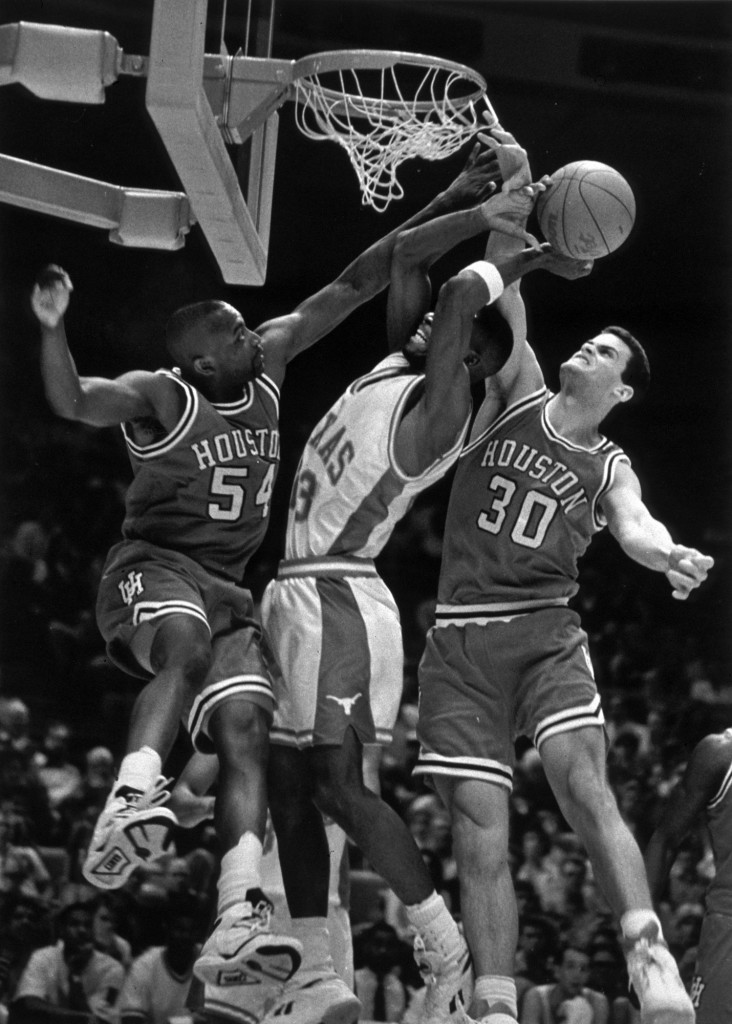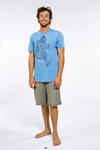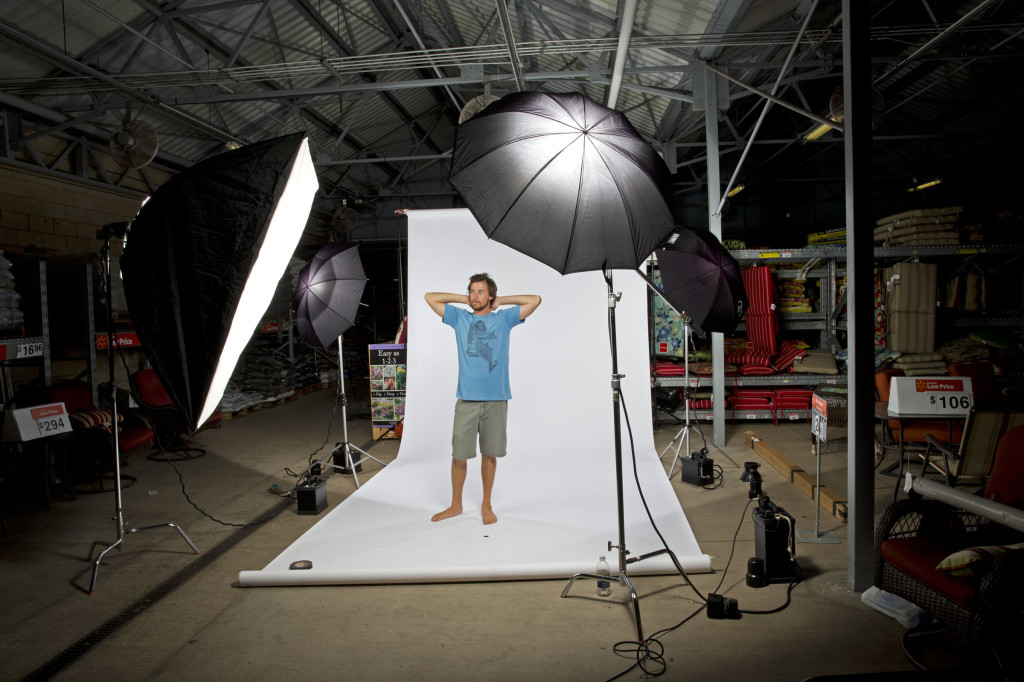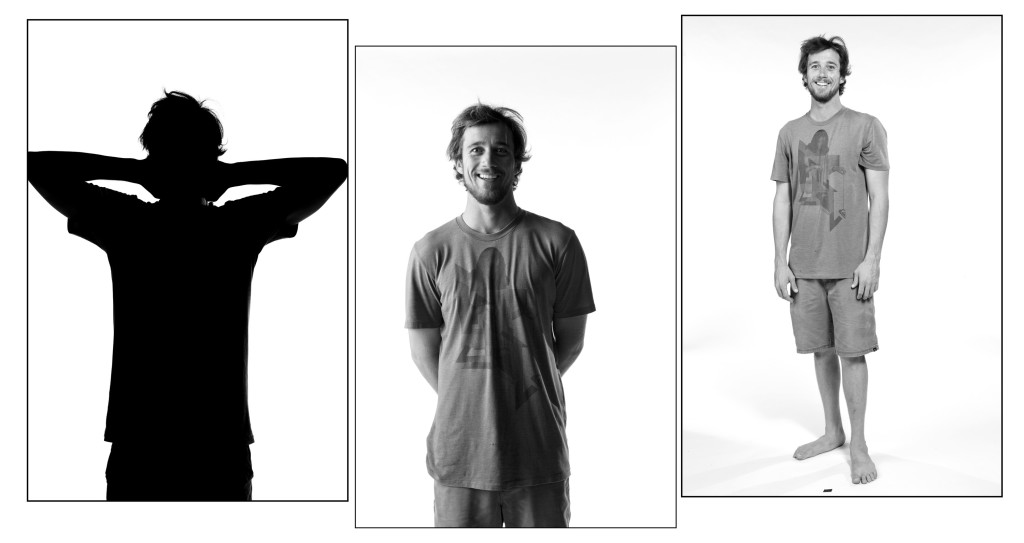
So after my two weeks golf week hell, I had a week off to recover, pay the bills, and storm the football field for the NFL’s Pro Bowl. We don’t get to cover sports much in Hawaii on the national level. Hawaii doesn’t have any professional teams nor is there much national interest in college or high school sports unless they win big. Yet with two major PGA Tour golf tournaments and the Pro Bowl…all within the span of three weeks in January…I’m sported out!
Sport photography is a tough business. Your career is based on capturing that winning moment. Photographer (and mentor if you ask me) Nathaniel Welch once told me about sports photographers. “Your livelihood depends on whether or not the athlete or team you are following makes the big play and wins,” or something like that. If that team or athlete fails, you fail. If you have to depend on someone else to make a living, it isn’t a good career.
I once wanted to be a sports photographer back in the day of film and manual focus cameras. It was in college and the University of Texas had top notch athletic programs and athletes. I spent much of my college days at football fields, basketball courts, and swimming pools.

Luckily I avoided that career path but do wish I had dabbled in the professional sports photo world a bit in my younger days. I would have been special times to have gone to a Super Bowl, a World Cup or an Olympics yet I don’t regret the path I have taken. Although I heard Nathaniel’s words much later in life, I clearly understood them years before.
But back to the Pro Bowl, the NFL event that brings the best of the best players who currently are not playing in the following week’s Super Bowl. Not too far back, the Pro Bowl used to be held after the Super Bowl but the Pro Bowl began to lose relevance and the NFL had to update and remake the event to keep people interested. For too many years, the Pro Bowl was a powder puff game where teams played hard the first quarter and cruised the rest of the time. I recall many times hearing boos and catcalls from fans as QB’s would take knees to run down the clock or tacklers would gently grab a runningback so as to avoid injuries. The last two years have changed quite a bit as players are actually out there to win. There’s still some powder puffiness going on but this last game proved to be a nail biter.
With minutes left in the game, Team Sanders scored only to have Team Rice quickly score soon after and take the lead with a two-point conversion. Team Sanders then drove midway down the field only to have Philadelphia Eagles QB Nick Foles sacked by Dallas Cowboys DT Jason Hatcher forcing TS into an impossible 67-yard field goal. With virtually no time left on the clock, the kick went wide but New York Jets cornerback Antonio Cromartie caught the kick and ran towards the opposite end zone. The media and the side line had rushed the field as we thought the game had ended but clock had not completely zeroed out. Cromartie ran down field in hopes of making a touch down and headed straight towards me. I aimed my camera and fired thinking he’s stop but he kept coming. I didn’t have time to move and wondered if my cameras would break on impact.

Cromartie looked forward then back and rushed towards me only to turn on a dime to avoid running me over. He clipped the lens of my second camera on my shoulder which rocked back and forth after he shot by. Most of you who know me know I’m not a small guy but Cromartie would have knocking the hell out of me. It would have made a funny top ten plays of the day on Sports Center but it would have been an expensive trip to Canon repair…if not the doctor as well.
If you are not on the field and only watch it on television, its really hard to understand the athleticism of these men. I’ve seen 300 lb plus linemen move like ballet dancers and watched wide receivers make impossible catches…and this is only the powder puff Pro Bowl! My current and recent experience photographing football is the University of Hawaii and many of the players if not most will never see the professional side of the sport. There is no comparison. The Pro Bowl brings the best of the best to the field. I can only imagine if it had been a stumbling local college kid and what might have happened. Thanks Antonio for not breaking my back or bank.
*Note–The 2o14 Pro Bowl teams were drafted from both the NFC and AFC and teammates had the possibility of playing each other. The teams were headed by Hall of Famers Jerry Rice and Deion Sanders.




